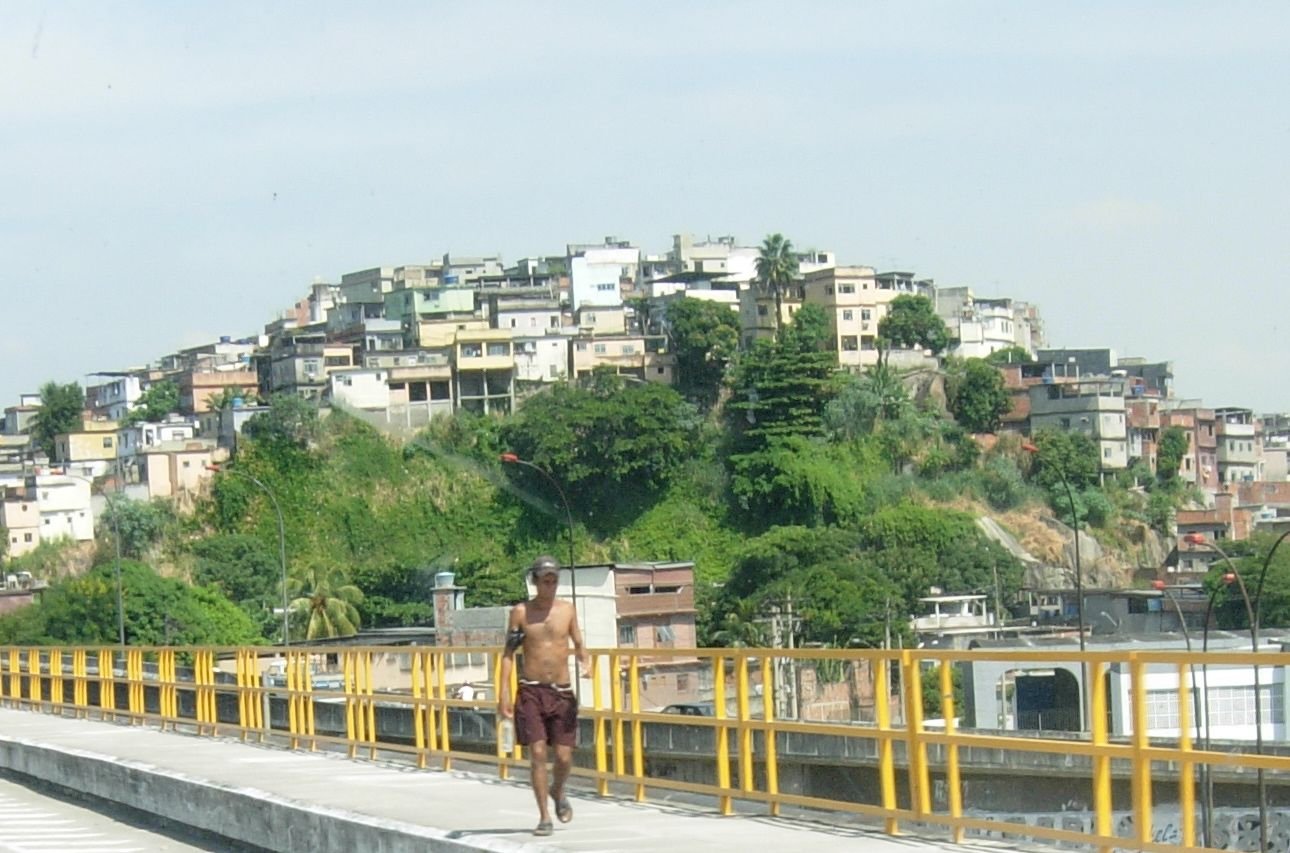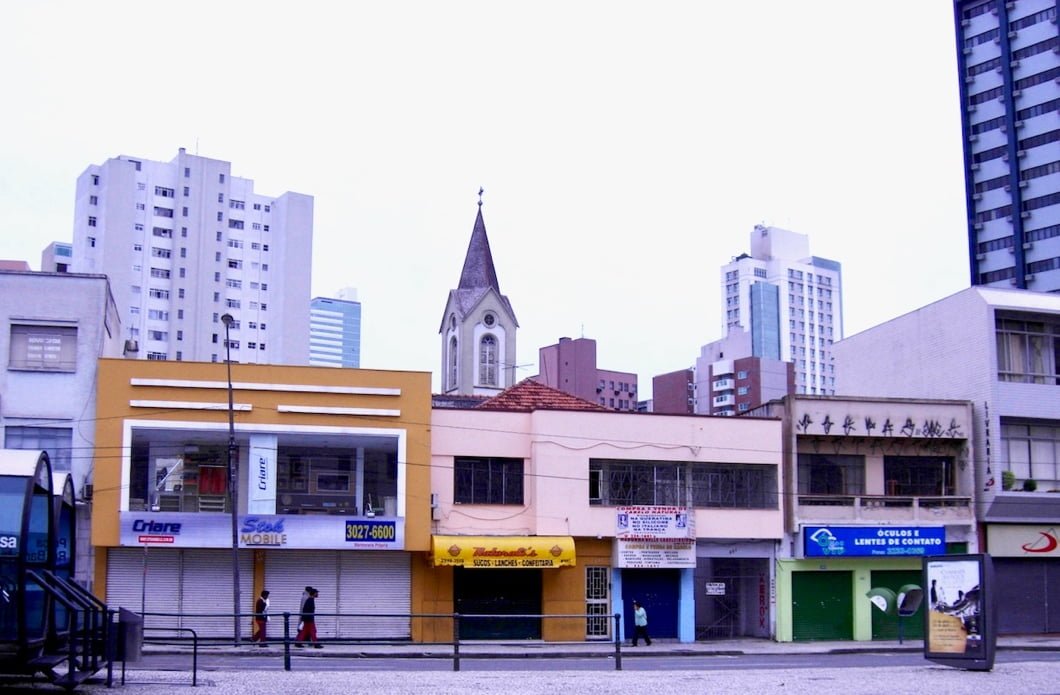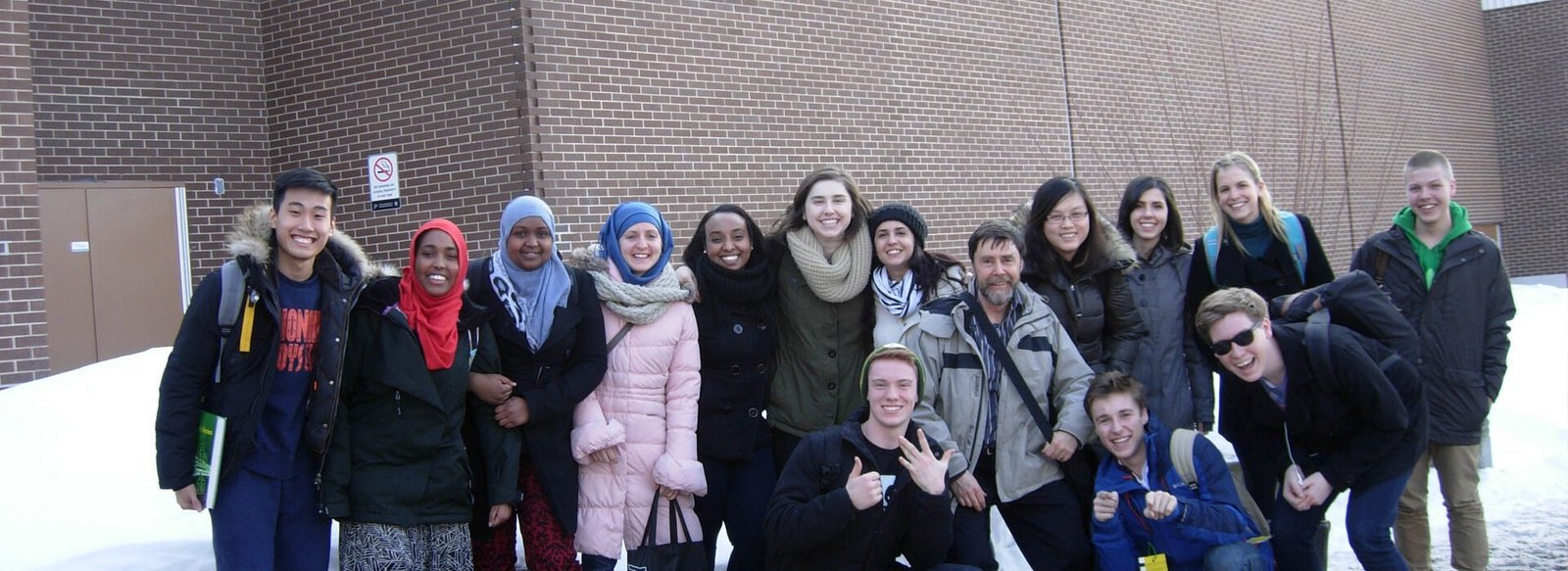Human capital can increase sustainability where planning systems are weak, and where they are strong.
Human Capital is the energy and ideas of people. It is innovative and the basis of cultural change. With guidance, Human Capital could increase sustainability where planning systems are weak, and also where they are strong. Here are two examples from Brazil that show both ends of the planning spectrum.
Unplanned Urban Areas
 The favelas of Rio de Janeiro developed without any planning. People put their homes anywhere they could. Yet the favela residents are now using their energy and
The favelas of Rio de Janeiro developed without any planning. People put their homes anywhere they could. Yet the favela residents are now using their energy and
Favela in Rio de Janeiro, Brazil. Photo: J. Birtch
ideas to create sustainable neighbourhoods. They plant gardens, clean up and recycle garbage, improve housing, and teach nutrition. An organization called Catalytic Communities was the “catalyst” and Human Capital is a driver of sustainability in these unplanned areas.
Planned Urban Areas

Curitiba, Brazil was the world’s first modern sustainable city. A former polluted industrial city, it now has excellent bus rapid-transit, an innovative recycling Redeveloped area of small shops in Curitiba, Brazil. Photo: J. Birtch
program built on resident involvement, as well as many parks for the enjoyment and health of its citizens.
As part of its redevelopment, Curitiba’s created rows of shops, where families could start whatever business they wanted – grocery store, bicycle shop, pharmacy – and live above it. City officials offered the spaces and these small entrepreneurs designed their businesses. Planning provided the framework, but the people made the choices that contribute to Curitiba’s sustainability.
In summary, Human Capital can move a city towards sustainability, whether planning is weak or strong. For more discussion on sustainability through human capital, see Culture of Sustainability.
